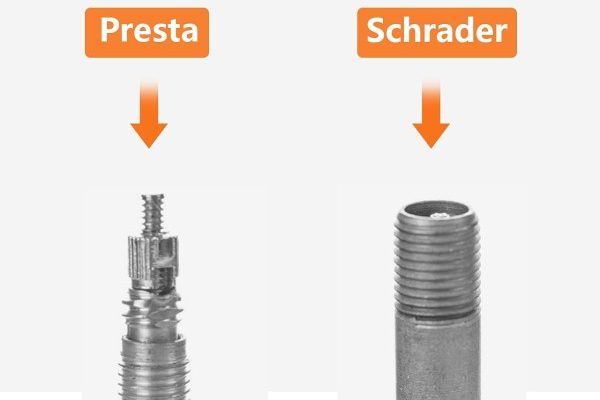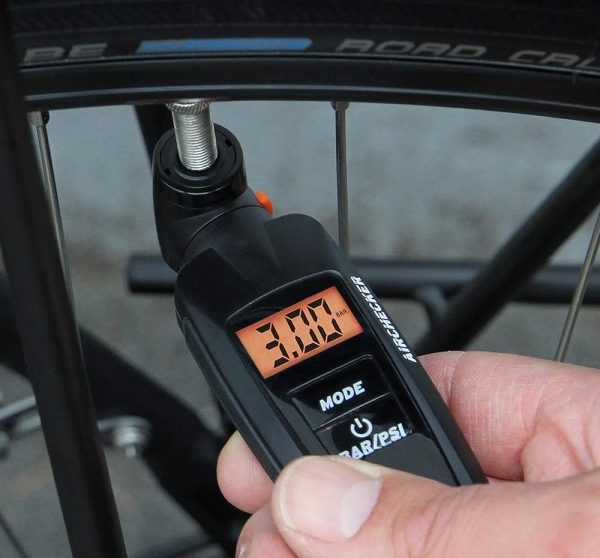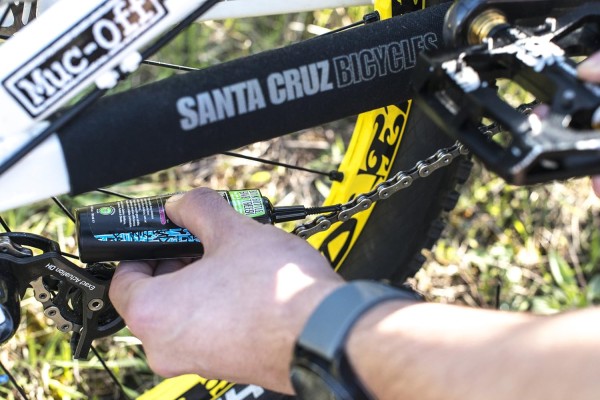Do you know the difference between a Schrader valve and a Presta valve? If not, don’t worry, you’re not alone. These two types of valves are commonly found on bicycle tires, but they have distinct features that set them apart.
Understanding these differences can be helpful when it comes to inflating your tires or choosing the right pump. In this article, we will explore the variations in valve structure, compatibility, inflation method, pressure range, and common applications.
By the end, you’ll have a better grasp of the unique characteristics of each valve and be able to make an informed choice for your biking needs. So let’s dive in and uncover the mysteries of Schrader and Presta valves!

1. Valve Structure
Take a closer look at the valve structure of both Schrader and Presta valves to understand their key differences. The Schrader valve, commonly found on car tires, consists of a valve stem with a built-in check valve. It has a larger diameter and a spring-loaded valve core, allowing for easy inflation and deflation.
The Presta valve, on the other hand, is commonly used on bicycles and has a slender, threaded stem with a nut at the top. It features a smaller diameter and a non-return valve, requiring a separate adapter for inflation. The Presta valve’s design makes it more suitable for high-pressure applications, while the Schrader valve is more durable and user-friendly Understanding the valve structure is crucial in selecting the appropriate valve for your specific needs.
2. Valve Compatibility
To determine valve compatibility, you need to consider the type of valve you have and the corresponding valve hole on your equipment.
The Schrader valve, commonly found on cars, motorcycles, and some bicycles, has a larger diameter and a spring-loaded pin in the center. It requires a larger valve hole, typically found in rims designed for Schrader valves.
On the other hand, the Presta valve, commonly used in road bikes and some high-performance bicycles is narrower and features a threaded valve stem with a small locking nut at the top. It requires a smaller valve hole, typically found in rims designed for Presta valves.
Incompatible valve and hole sizes can result in difficulty inflating the tire or even damage to the valve or rim. Therefore, it’s crucial to ensure that your valve and equipment are compatible to avoid any issues.
3. Inflation Method
When inflating your tire, you’ll need to consider the different inflation methods for Schrader and Presta valves.
The inflation method refers to how air is added to the tire through the valve. For Schrader valves, commonly found on car tires and most bicycles, you simply need to press the nozzle of the air pump onto the valve and push down until the desired pressure is reached. The valve has a spring-loaded pin that opens when the pump is connected, allowing air to flow in.
On the other hand, Presta valves, which are commonly found on high-performance bicycles, require a different approach. You’ll need to unscrew the top cap of the valve, then press the nozzle of the air pump onto the valve and secure it by tightening the external nut. This ensures a tight seal and prevents air from escaping during inflation.
4. Pressure Range
You can adjust the pressure range of both Schrader and Presta valves to meet your specific needs. The pressure range refers to the amount of air pressure that can be accommodated by the valve.
Schrader valves typically have a larger pressure range compared to Presta valves. They can handle higher pressures, ranging from 30 to 60 psi (pounds per square inch), making them suitable for a variety of applications such as cars, motorcycles, and bicycles.
On the other hand, Presta valves have a narrower pressure range, typically between 60 to 120 psi. This makes them more suitable for high-performance road bikes, where higher pressures are required for optimal performance. It’s important to check the recommended pressure range for your specific valve and adjust accordingly to ensure safe and efficient operation.
5. Common Applications
For various applications in the automotive and cycling industries, both Schrader and Presta valves are commonly used.
Schrader valves, known for their larger size and spring-loaded mechanism, are widely used in automobile tires, motorcycles, and some bicycles. They’re known for their durability and ability to handle higher pressures, making them suitable for heavy-duty applications.
On the other hand, Presta valves, with their slender design and screw-on mechanism, are primarily used in high-performance bicycles, such as road and mountain bikes. They’re favored for their lightweight construction and ability to maintain higher pressures, making them ideal for racing and performance-oriented cycling.
Understanding the common applications of each valve type is crucial for choosing the appropriate valve for your specific needs in the automotive and cycling industries.
Frequently Asked Questions
Are Schrader Valves More Durable Than Presta Valves?
Schrader valves and Presta valves have different designs and features. The durability of a valve depends on various factors such as the material used, the quality of manufacturing, and the maintenance.
While Schrader valves are commonly found on car tires and are known for their robustness, Presta valves are primarily used in high-performance bicycles.
Both valves can be durable if properly cared for, so it’s important to regularly check and maintain your valves to ensure longevity.
Can a Presta Valve Be Converted to a Schrader Valve?
Yes, a Presta valve can be converted to a Schrader valve by using an adapter. This allows you to use a Schrader pump or inflate your tires at gas stations.
However, it’s important to note that the conversion may affect the performance of the valve, as Presta valves are designed for high-pressure applications. Additionally, make sure to check your tire clearance before converting, as Schrader valves are typically larger in diameter than Presta valves.
Which Type of Valve Is More Commonly Used in Mountain Biking?
In mountain biking, the valve type that’s more commonly used is the Presta valve. It’s slender and sleek, like a high-performance athlete ready to conquer any trail. With its narrow body and removable core, the Presta valve offers better air retention and allows for higher tire pressures.
Are There Any Specific Tools Required to Inflate a Presta Valve?
To inflate a Presta valve, you’ll need a specific tool called a Presta valve adapter. This adapter allows you to attach a regular air pump or compressor to the valve. Without the adapter, it can be difficult to inflate a Presta valve as they have a narrower diameter than Schrader valves.
Can a Presta Valve Be Used With a Tubeless Tire Setup?
Yes, you can use a Presta valve with a tubeless tire setup. Tubeless tires are a popular choice for their ability to provide a smoother ride and reduce the risk of flats. The Presta valve, with its narrow design, is often preferred for tubeless setups as it allows for easier inflation and better sealing. Just make sure to use the appropriate tubeless valve stem and follow the manufacturer’s instructions for installation and maintenance.
Conclusion
Now you can impress your friends with your valve knowledge at your next bike meet-up. Whether you prefer the simplicity of the Schrader valve or the sleekness of the Presta valve, it’s all about personal preference. Just remember, no matter which valve you choose, keep those tires properly inflated and enjoy your ride.





